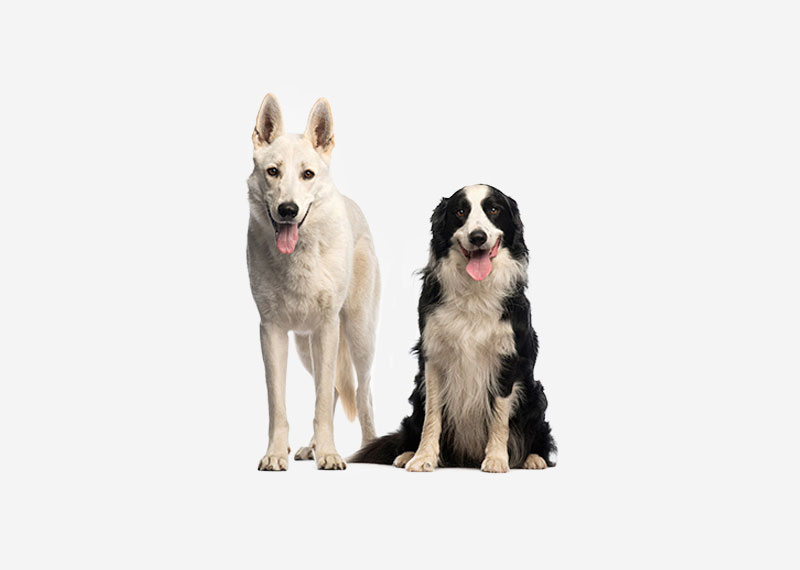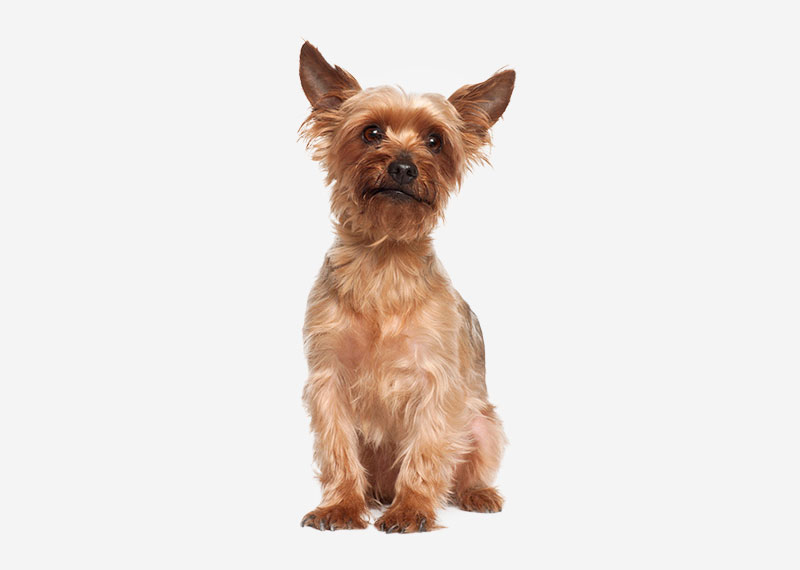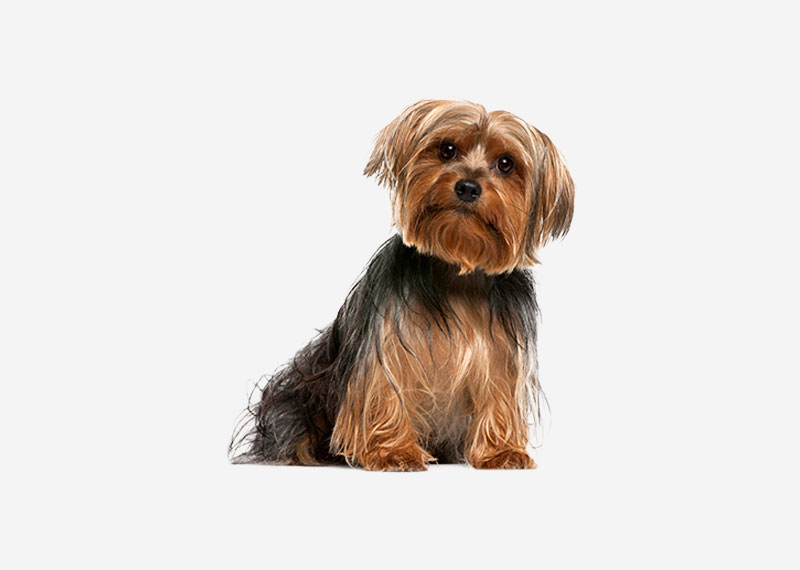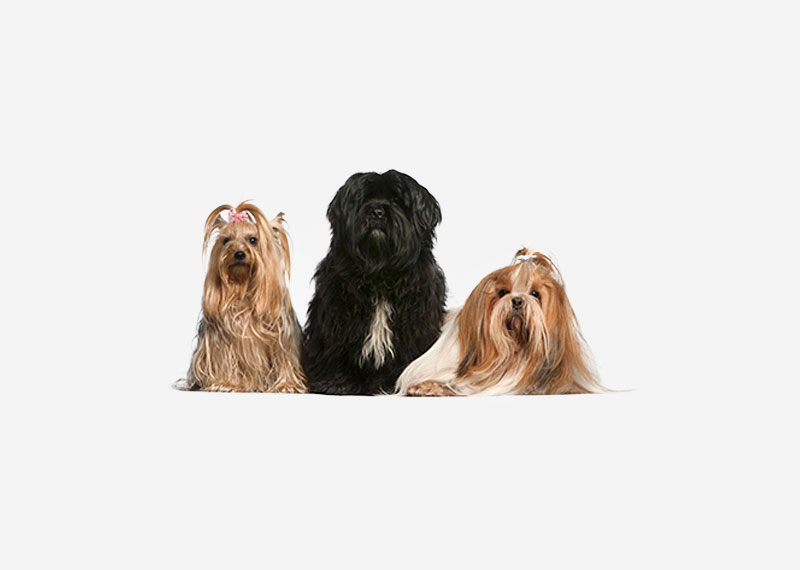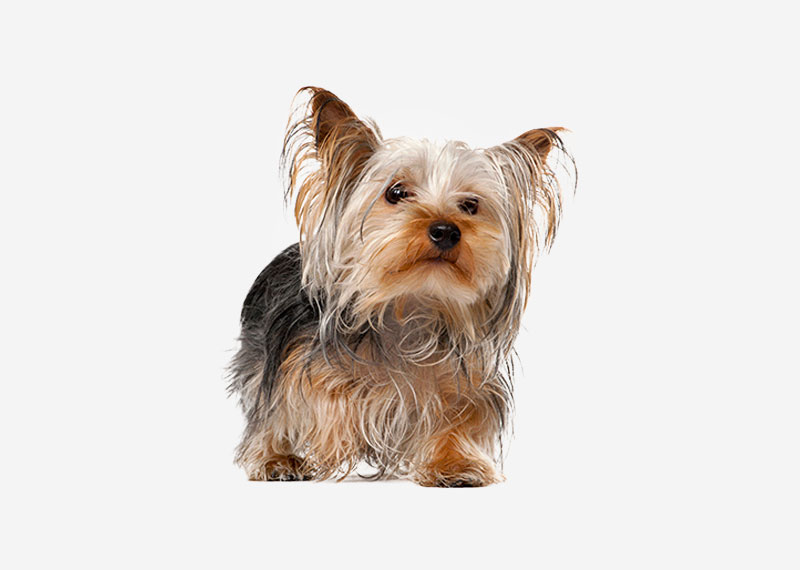Super User
White Shepherd
The White Shepherd emerged from white-coat lines of the German Shepherd Dog in Canada and the United States. The White Shepherd breed was officially recognized by the United Kennel Club on April 14, 1999. It has the same origins as the White Swiss Shepherd Dog (Berger Blanc Suisse, Weisser Schweizer Schäferhund) which is recognized as a separate breed by the Fédération Cynologique Internationale (FCI). White Shepherds often have longer fur than the traditional German Shepherd Dog, and do not always have a double coat.
In popular culture
- In the 2008 Disney animated film Bolt, the design of the main character, Bolt (character) is heavily inspired by the White Shepherd Dog.
- In the survival horror video game Haunting Ground ("Demento" in Japan), one of the main characters is a White Shepherd named Hewie.
- In the 1993 motion picture "Amos and Andrew" featured a white shepherd named Rommell, played by Rambo.
- The 1987 motion picture The Lost Boys features a White Shepherd called Thorn, owned by the character Max.
- Samuel Fuller's acclaimed 1982 motion picture White Dog features a White Shepherd that has been trained to attack and kill people with black skin.
- Jack LaLanne, popular fitness "guru" had white shepherd dogs that appeared on his TV show.
- Fantasy author Neil Gaiman has two white German Shepherds, Cabal and Lola.
- Jennifer Aniston has a white shepherd called Dolly.
- Pop singer and actress Miley Cyrus has a white shepherd named Mate (note that she also appeared in Bolt as the owner of the title character).
- Carolyn Perry also has a White German Shepherd with the French name of Gigi
- Aaliyah had a White German Shepherd that is scheduled to star in Road To Hook Bill
- In the television series, Game of Thrones, a White German Shepherd is cast as the runt of a Direwolf litter
- In Dean Koontz's Odd Thomas series, Odd's companion for many books is a White German Shepherd named Boo.
- Ukrainian author Mykhailo Kotsiubynsky's impressionist novella Intermezzo includes characters of "Three White Shepherds" as metaphorical images of Nobility, Gendarmerie and Peasantry.
- In Jonathan Mayberry's Joe Ledger series Cpt Ledger's dog is a White German Shepard named Ghost.
Wire Fox Terrier
The wire fox terrier is a breed of dog, one of many terrier breeds. It is a fox terrier, and although it bears a resemblance to the smooth fox terrier, they are believed to have been developed separately.
Grooming
Wire fox terriers kept for show are hand stripped; if the hair becomes too long, it is taken out by hand in order to preserve the colors and the glossiness of the coat. Many kept as pets are clipped monthly by a groomer. Clipping dulls the colors and makes the coat soft, curly and more difficult to keep clean, but it is preferred by many owners due to being a simpler (and cheaper) procedure than stripping.
History
The wire fox terrier was developed in England by fox hunting enthusiasts and is believed to be descended from a now-extinct rough-coated, black-and-tan working terrier of Wales, Derbyshire, and Durham. The breed was also thought to have been bred to chase foxes into their underground burrows; the dogs' short, strong, usually docked tails were used as handles by the hunter to pull them back out.
Although it is said Queen Victoria owned one, and her son and heir, King Edward VII, did own a wire fox terrier named Caesar, the breed was not popular as a family pet until the 1930s, when The Thin Man series of feature films was created. Asta, the canine member of the Charles family, was a wire fox terrier, and the popularity of the breed soared. Milou (Snowy) from The Adventures of Tintin comic strip is also a wire fox terrier.
In the late 20th century, the popularity of the breed declined again, most likely due to changing living conditions in the Western world and the difficulty of keeping hunting terriers in cities due to their strong prey instincts.
As of 2014, the wire fox terrier has the distinction of having received more Best in Show titles at Westminster Kennel Club dog shows (currently 14) than any other breed.[1] Matford Vic, a wire fox terrier, is one of only five dogs to have won the Westminster Kennel Club Dog Show on more than one occasion. She won the competition twice, in 1915 and 1916. The only dog to win it on more occasions was Warren Remedy, a smooth fox terrier, who won it on three occasions between 1907 and 1909.
Noteworthy wire fox terriers
- Archie, owned by Gill Raddings Stunt Dogs starred in ITV's Catwalk Dogs.
- Asta, from the film adaptation of The Thin Man (the novel's breed was a Schnauzer)
- Bob, from the Hercule Poirot episode Dumb Witness
- Bunny, from Hudson Hawk
- Bella, who played Snoopy in the movie "Moonrise Kingdom"
- Caesar, the companion of King Edward VII of the United Kingdom
- Charles, brought to Ceylon by Leonard Woolf in 1905
- Chester, in the film Jack Frost
- Dášeňka, the dog of Czechoslovak writer and journalist Karel Čapek - also featured as the hero of his book Dášeňka čili život štěněte
- Dodger Herbie Tobacco (only a mutt in the film) from "Oliver & Company" is actually a Wire Fox Terrier.
- George, from Bringing Up Baby (played by Skippy)
- Ike Larue, from the Ike Larue series, written and illustrated by Mark Teague
- Mickey, the companion of French composer Francis Poulenc.
- Moll, from the book Memoirs of a Fox-Hunting Man
- Montmorency, from the book Three Men in a Boat by Jerome K. Jerome
- Mr. Atlas, from Topper Takes a Trip (played by Skippy)
- Mr. Smith, from The Awful Truth (played by Skippy)
- Pan, the companion of A.L. Westgard, AAA pathfinder. Pan was the mascot of the dedication tour for the National Park to Park Highway in 1920.
- Polly, a white rough terrier companion to Charles Darwin
- Scruffy, the Muirs' wire fox terrier on The Ghost and Mrs. Muir television series
- Skippy, also known as Asta, starred in many films including The Thin Man (film) and Bringing Up Baby
- Sky, winner of the 2012 Purina Thanksgiving Dog Show and the 2014 Westminster Dog Show.
- Snowy (French: Milou), companion of Tintin
- Van Gogh, Paul Meltsner's dog featured in his famous painting Paul, Marcella and Van Gogh
- Vicki, Rudyard Kipling's dog
- Wessex, the dog of British novelist (Tess of the d'Urbervilles) Thomas Hardy
- Willy, from Ask the Dust
- Wuffles, the Patrician's dog in the Discworld Series
- Rufus from Open Season 2
- Mel from Balto III: Wings of Change
Wirehaired Pointing Griffon
The Wirehaired Pointing Griffon (called the Korthals Griffon in the UK, and the Griffon d'arrêt à poil dur Korthals in France and Quebec) is a dog breed of dog used in hunting as a gundog. It is sometimes considered to be Netherlands in ancestry, due to the nationality of the breed founder, Eduard Karel Korthals. Others consider the Griffon to be a Germany breed because Korthals' kennel, Ipenwoud, was located in Biebesheim am Rhein, Germany. It was there for over twenty years that Korthals dedicated his life to the development and perfection of the Wirehaired Pointing Griffon.The breed is still relatively rare in the United States, Canada, and the United Kingdom despite long recognition by their respective kennel clubs, as well as the Fédération Cynologique Internationale (Federation Cynologique Internationale). The Wirehaired Pointing Griffon is particularly adapted for hunting in thick undergrowth and around water, where its harsh coat is excellent protection.
Wirehaired Vizsla
The Wirehaired Vizsla; English plural: Vizslas or sometimes Vizslak, based on the Hungarian plural vizslák ), is a dog breed originating in Hungary. Wirehaired Vizslas are known as excellent hunting dogs, and also have a level personality making them suited for families. The Wirehaired Vizsla is a versatile, natural hunter endowed with an excellent nose and an above average trainability. Although they are lively, gentle mannered, demonstrably affectionate and sensitive, they are also fearless and possessed of a well-developed protective instinct. The breed has a firmness on point, is an excellent retriever, and has the determination to remain on the scent even when swimming. The overall appearance embodies the qualities of a multi-purpose pointing dog, endurance, working ability and an easily satisfied nature. This is a dog of power and drive in the field, yet is a tractable and affectionate companion in the home.
History
The less usual Wirehaired Vizsla is a completely separate breed from its more commonly seen smooth-coated cousin. The Wirehaired Vizsla was developed in the 1930s, initially by Vasas Jozsef, owner of the Csabai vizsla kennel along with Gresznarik Laszlo, who owned the de Selle German Wirehaired Pointer kennel. Their aim was to produce a dog that combined the color of the Vizsla with a heavier coat, and a more substantial frame, better suited for working in cold weather and retrieving from icy water.Two Vizsla bitches (Zsuzsi and Csibi), both of whom combined excellent pedigrees with good working ability, were selected to breed with a totally liver colored German Wirehaired Pointer sire (Astor von Potat). Zsuzsi’s sire was known to have offspring with longer coats. The best of Zsuzsi’s and Csibi’s offspring were selected and bred together and Dia de Selle, the first WHV to be exhibited, was born. She had the same body as the shorthaired vizsla, but her head was the shape of the German Wirehaired Pointer. While her coat was not rough and thick enough, she was the promising beginning of the creation of the new breed.Anecdotal history suggests the added infusion of Pudelpointer, Bloodhound and Irish Setter blood during the period of the Second World War when many other Hungarian kennels became involved in the development of the breed. It has also previously, but incorrectly been suggested that the breed was created by backbreeding of smooth Vizsla's most heavily coated offspring (Gottlieb,idem).The Wirehaired Vizsla was recognized in Europe by the Fédération Cynologique Internationale under the Hungarian standard in 1986. It is also recognized by the KC (UK). Introduced to North America in the 1970s, the WHV was first recognized by the Canadian Kennel Club in 1977 and in 1986. The breed was recognized by the UKC (United Kennel Club)in 2006.
They are also recognized by in North America by the ARBA (American Rare Breed Association), as well as American Field (Field Dog Stud Book) registries.The breed was admitted into AKC's (FSS) in 2008. Effective Jan. 1, 2009, the Wirehaired Vizsla became eligible to compete in AKC Companion and Performance Events. As of January 1, 2011, the Wirehaired Vizsla has been allowed to show in conformation, in the AKC Miscellaneous Class. http://www.akc.org/reg/fss_news.cfm
As of July 2, 2014, the Wirehaired Vizsla will be admitted into the American Kennel Club Sporting Group as a fully recognized breed.
There are approximately 400-450 Wirehaired Vizslas in the US and between 2500 and 3000 worldwide. It was recognized by the Australian National Kennel Council in 2007.
Yorkshire Terrier
The Yorkshire Terrier is a small breed of terrier dog type, developed in the 19th century in the county of Yorkshire, England, to catch rats in clothing mills, also used for rat-baiting. The defining features of the breed are its maximum size of 3.2kg and its gray, black, and tan coat. The breed is nicknamed Yorkie and is placed in the Toy Terrier section of the Terrier Group by the Fédération Cynologique Internationale and in the Toy Group or Companion Group by other kennel clubs, although all agree that the breed is a terrier. A popular companion dog, the Yorkshire Terrier has also been part of the development of other breeds, such as the Australian Silky Terrier.

